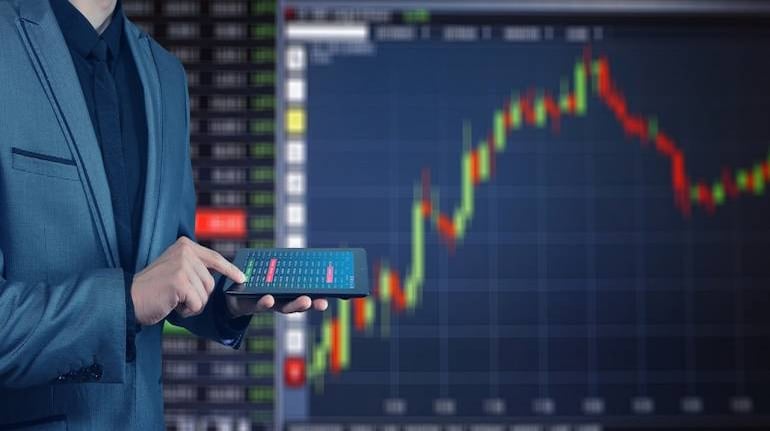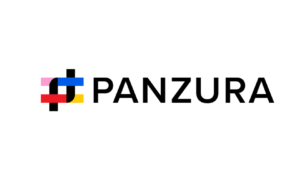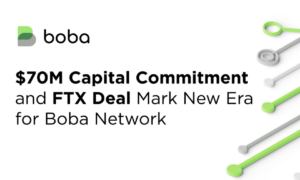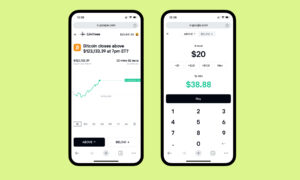Exchange-traded funds, commonly known as ETFs, are security baskets where a collection of investments is pooled. Like stocks, they are listed and traded on exchanges. As another fiscal year is in full swing, investors keep looking for profitable investment opportunities. For those who want the diversified benefits of mutual funds but a hassle-free investment process similar to equities exchange, ETFs can prove to be suitable investment vehicles.
ETFs can be of different types, and a popular one is obesity ETF. The basic mechanism and characteristics of an obesity ETF are similar to those of any other ETF; however, the underlying asset makes them unique. Read on to get a comprehensive idea of obesity ETFs, learn their benefits, and understand why they can be valuable additions to investment portfolios in the present year and the years to come.
What is an Obesity ETF?
ETF pools can be formed with various industries and companies. As the name suggests, an obesity ETF is focused on obesity-related assets. Companies that are involved in the fight against obesity, who are engaged in the process of offering medications, treatments, therapies, and so on for obesity, and who are promoting a healthier lifestyle to prevent obesity are the focus of ETF funds. The obesity ETF you select can have pharmaceutical and biopharmaceutical firms developing drugs for battling obesity and associated conditions, healthcare providers treating and offering therapies for obesity patients, and more.
The Obesity ETF Market: What Makes It the Investment Opportunity of 2024?
An article published by WHO on March 4, 2022, reported that about 800 million people around the globe were living with obesity by 2016. The number certainly is increasing at a rapid pace. Another article from the World Economic Forum, dated March 20, 2024, reported over 1 billion obesity cases. The World Obesity Atlas 2023 report estimates that by 2035, over 4 billion people might be affected by obesity. WHO has long declared obesity to be a global epidemic.
Worldwide initiatives are already in place to combat and control obesity and obesity-related conditions. It is not hard to guess that the amalgamation of industries working against obesity is a massive one, including several large and small market players. The innovation is progressing noticeably as new drugs, treatments, and therapies enter the market. Since controlling obesity is not an overnight process and the statistics have significantly gone up, the industries can only be expected to scale up in the near future. An article published on April 1, 2024, reports the possibility of the obesity and weight loss drug market to reach $150 billion by 2031.
An industry of such a large scope naturally produces extensive and attractive investment opportunities.
Benefits of Obesity ETF Investments
ETFs share similarities with mutual funds and stocks, so investors can expect some benefits from both types of investment instruments. An obesity ETF, in particular, offers some more advantages.
Portfolio Diversification
Obesity ETFs invest in several industries, including but not limited to pharmaceutical, biopharmaceutical, healthcare, fitness, and nutrition. A single obesity ETF investment gives your portfolio exposure to diverse industries. Diversification balances the risk factor of a portfolio; if one asset or company fails to perform or generates a loss, profit from another can balance it out.
Obesity ETFs can bring equal advantages with way less research and trading effort required for individual stock investments.
Exposure to a Growing Market
The estimation of the world anti-obesity medication market to value $150 billion by 2031 shows a phenomenal growth structure. For obesity ETF investors, the projected stats open doors to a growing market where existing companies, along with new and upcoming companies, offer multiple investment opportunities.
Simple Trading Process
ETFs can be traded at market-based prices updated throughout the trading day. They can be acquired on margin and sold short. They may also be the underlying securities for option contracts. These features make ETFs more attractive in comparison to mutual funds, which cannot be traded before the market closes.
The popular ETFs can have more liquidity than stocks. The ETFS can easily find buyers and sellers. The bid-ask spreads might also be narrow.
Lower Fees
ETFs tend to have lesser expense ratios than mutual funds. Management fees, trading expenses, fund accounting, and other costs can add up and make mutual funds more expensive. On the contrary, ETFs are generally managed passively and charge lower fees.
Potential Capital Gains Tax Efficiency
Capital gains that occurred under ETFs are fewer due to the typical lower turnovers as opposed to mutual funds. This factor leads to lower tax implications on capital gains.
Immediate Dividend Reinvestment
Dividends in open-ended ETFs are reinvested right away, which enables investors to grow capital without any interruption.
Price Discrepancy Profits
ETFs are traded as per the prices of the underlying securities so that the price can be higher (premium) or lower (discounted) than the price of the underlying asset. Market makers constantly track price discrepancies and use the arbitrage strategy of buying and selling the shares or assets to bring the price back.
Ethical Investment
As the world is leading towards a more sustainable living approach and making more environmentally aware decisions, the movement has made an impact on the investment landscape. The concept of eco-investing has gained popularity as investments are made in environmentally friendly products, practices, and manufacturing companies. An obesity ETF, on a similar line, can be termed an ethical investment.
Investing in industries that help people fight against global health concerns like obesity is a positive step for humanity and society.
Wrapping Up!
The capacity of the obesity ETF market and the investment opportunities it brings are great news for investors of different types. You can initiate the investment by opening a brokerage account. The next step is finding a suitable obesity ETF, which will be easy as there is no scarcity of options. Finally, you can transfer the money and confirm the purchase. Feel free to talk to your financial advisor and portfolio specialists to make informed investment decisions and draft a smart strategy.





























